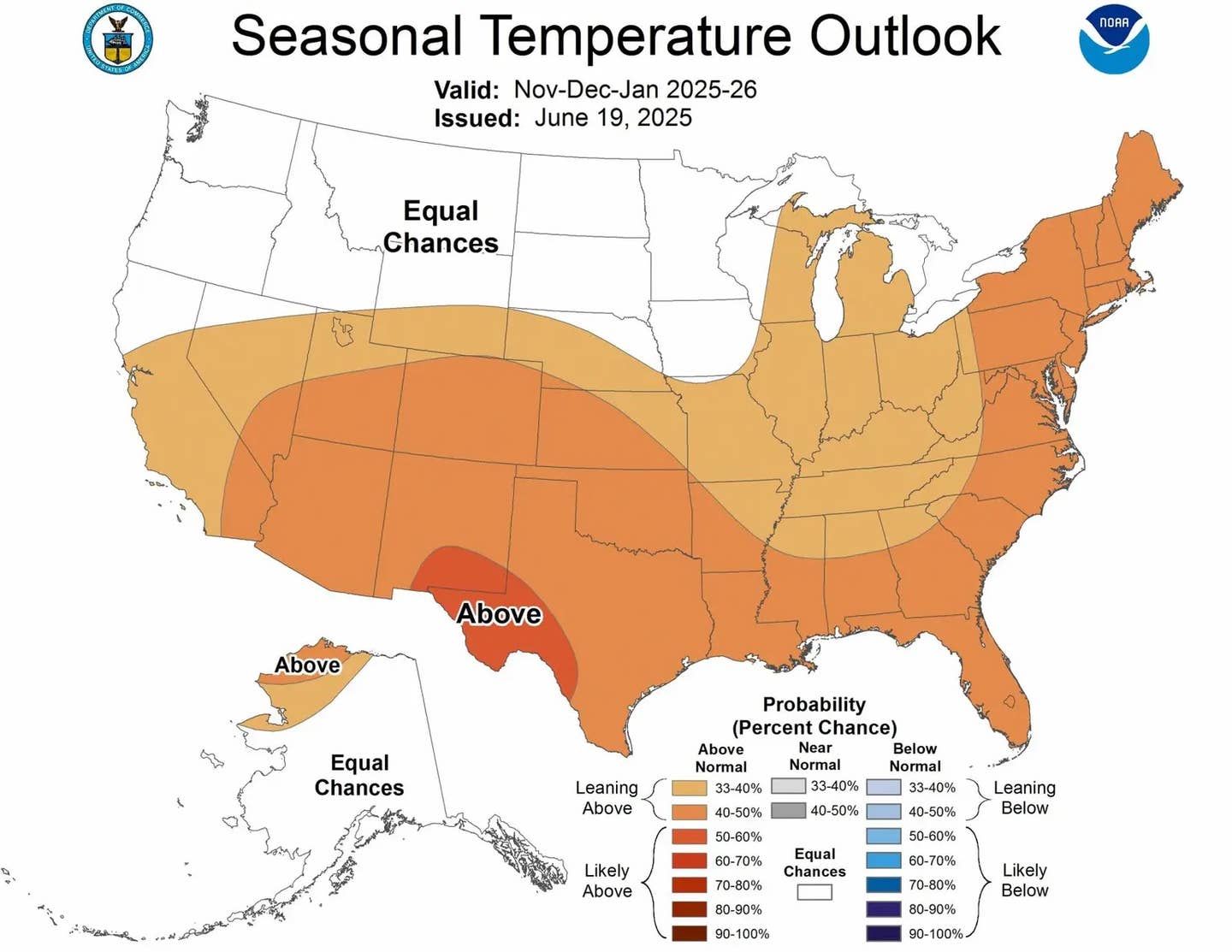Popular Stories
 A big wave surfer at Mavericks. Shalom Jacobovitz photo.
A big wave surfer at Mavericks. Shalom Jacobovitz photo.
A recent study published in the journal Nature has drawn a correlation between rising temperatures in the upper ocean and increases in global wave power. The authors conclude that global wave power, a measure of the energy transferred from the wind into sea-surface motion, has increased annually in tandem with sea-surface temperature rises associated with climate change.
Changes in oceanic wave power over time. Nature graphic.
The rise in wave power hasn’t been uniform. The study concludes that the power of waves in the Southern Ocean increased by about 2% from 1948 to 2008, significantly higher than the 0.41% annual global increase. Wave height, a variable related to surface temperature and wave power, is also projected to increase throughout the next century. The author’s model estimated an increase in wave height between 16% and 48% in the tropical and subtropical regions of the northern hemisphere depending on global warming trends.
Join Our Newsletter
While climate change is certainly not a good thing, especially given its effects on coastal communities, perhaps the silver lining is more big wave surfing for the rest of us. Depending on warming trends over the next century, we might be surfing substantially larger swells by 2100.







